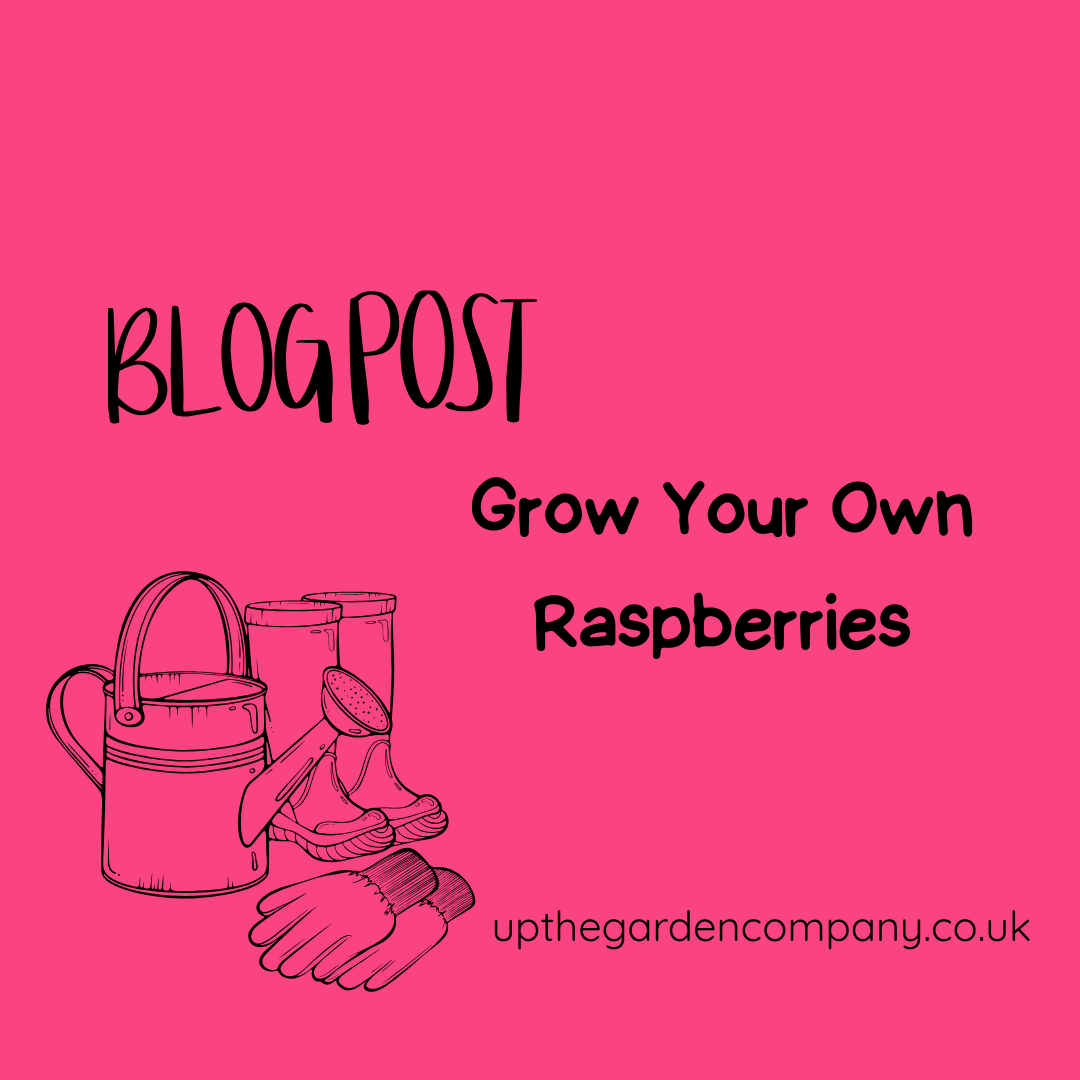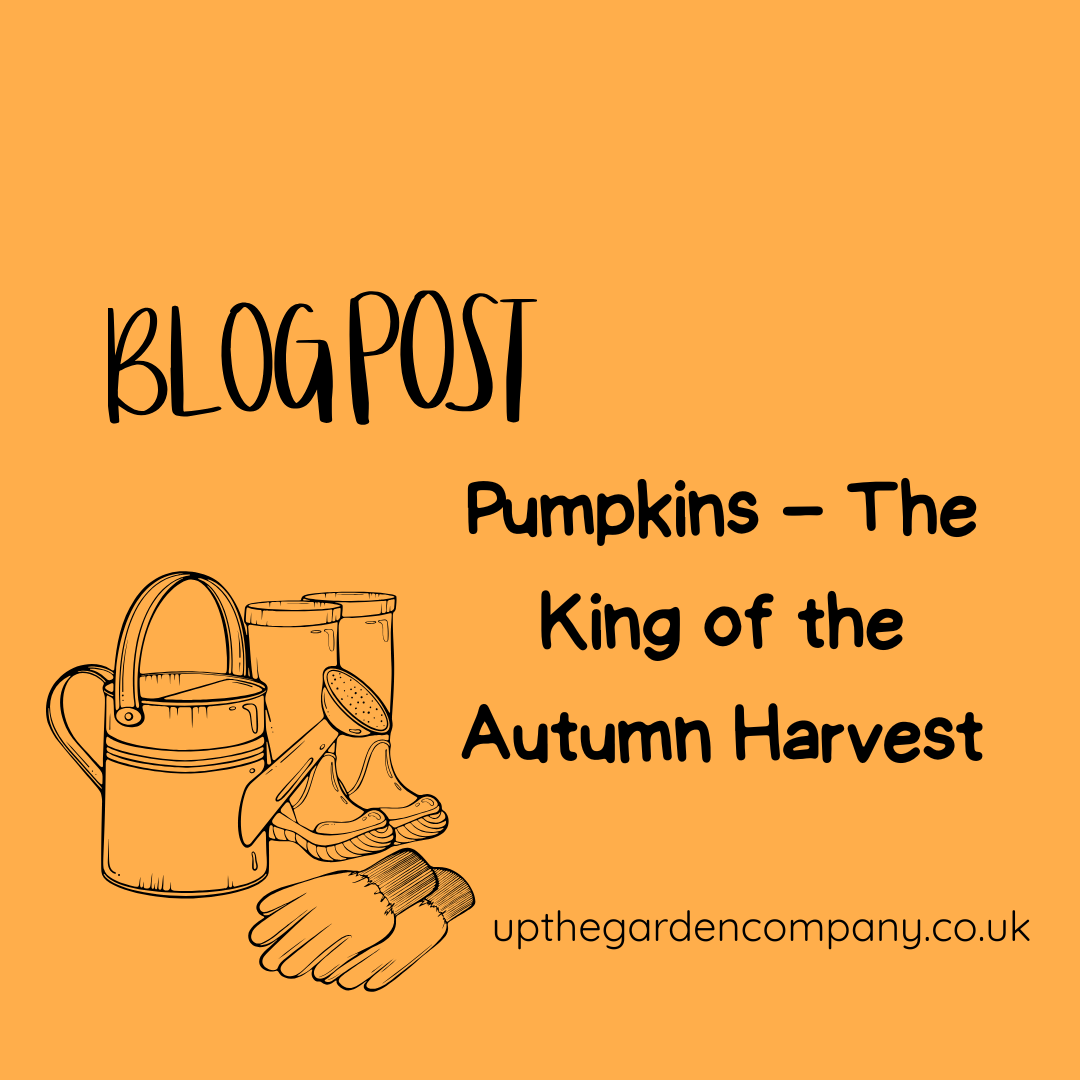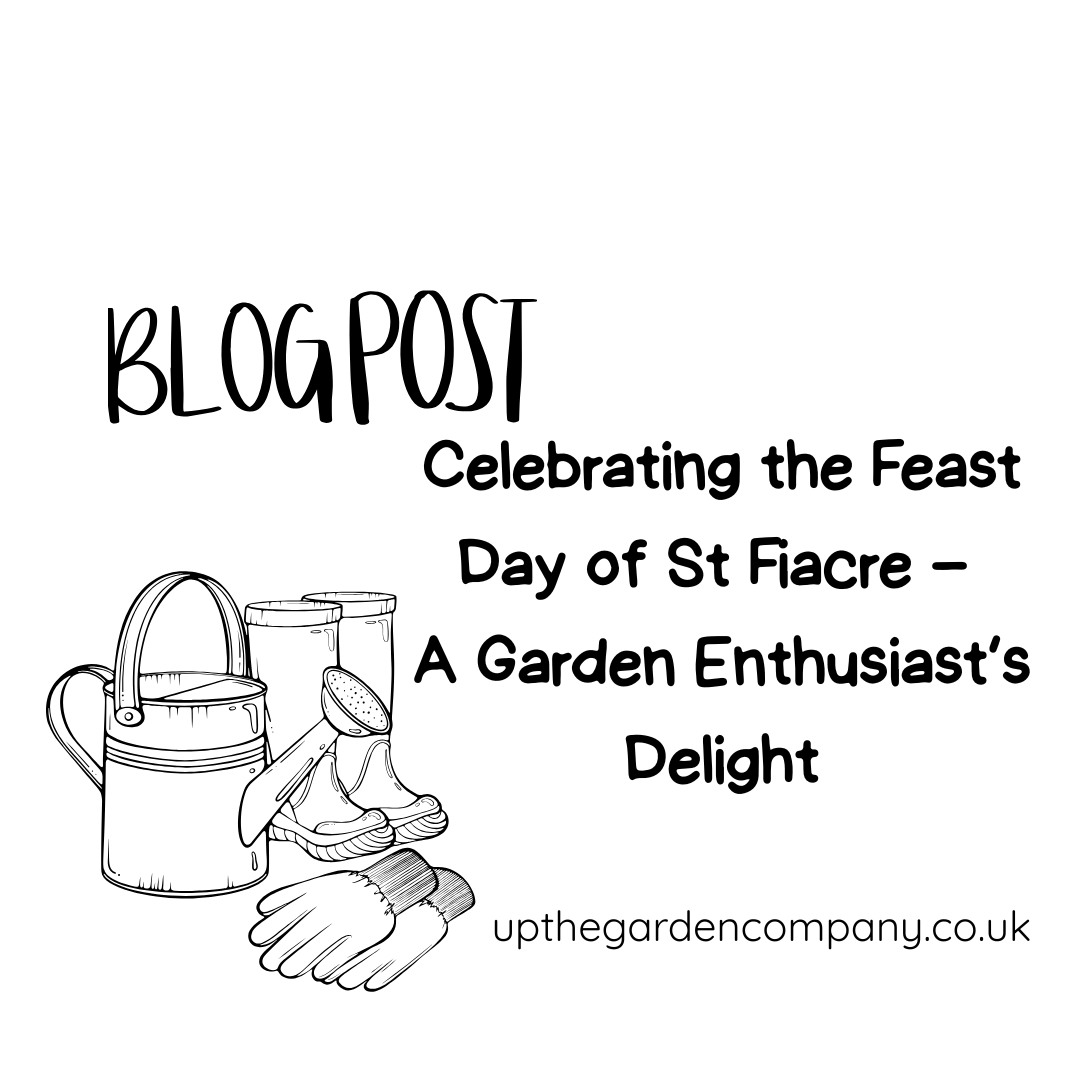Understanding Broad Beans
Broad beans, scientifically known as Vicia faba, are a type of legume cherished for their distinctive flavour and texture. They can be incorporated into various dishes, adding a nutty taste and creamy consistency. In addition to their culinary appeal, broad beans are packed with nutritional benefits. They are an excellent source of protein, fibre and essential vitamins and minerals, such as folate, iron, and potassium. This makes them a nutritious addition to any diet.

The broad bean plant itself is quite robust and can thrive in a range of conditions, which is one reason it has been cultivated for centuries across different regions. The plants typically grow to a height of 0.5 to 1.8 metres and produce pods containing 4-8 seeds each. The seeds can vary in colour from green to brown or even black, depending on the variety.
Broad beans are particularly well-suited to the UK climate, adapting well to cooler temperatures and thriving in the moist conditions common during the autumn months. This adaptability makes them an ideal crop for both amateur and experienced gardeners looking to extend their growing season.
When it comes to soil preferences, broad beans are not particularly fussy but do best in well-draining soil enriched with organic matter. They can tolerate a range of pH levels, although a slightly acidic to neutral soil is ideal. Given their nitrogen-fixing abilities, broad beans also contribute to improving soil health, benefiting not only themselves but also subsequent crops planted in the same location.
In terms of pests and diseases, broad beans are relatively hardy but can occasionally be affected by issues like blackfly infestations and fungal diseases such as chocolate spot. Regular monitoring and appropriate preventative measures can help keep these problems at bay.
Reasons to Cultivate Broad Beans
Broad beans play a crucial role in promoting soil health. As nitrogen-fixers, they naturally enrich the soil by converting atmospheric nitrogen into a form that plants can utilise. This reduces the reliance on synthetic fertilisers, making your gardening practice more eco-friendly. Additionally, broad beans can improve soil structure and fertility for subsequent crops.
Another advantage of growing broad beans is their early harvesting season. Planting them in autumn allows you to enjoy fresh beans by late spring or early summer, bridging the gap before other crops are ready for harvest. This extended growing season helps maximise the productivity of your garden space.
Broad beans are also relatively easy to grow, making them suitable for gardeners of all experience levels. Their ability to adapt to various soil conditions and tolerate cooler temperatures means they can thrive with minimal intervention. Regular monitoring and basic care are usually sufficient to ensure a healthy crop.
Moreover, broad beans can be an attractive addition to your garden. Their tall, upright plants and colourful flowers add visual interest, while also attracting beneficial insects such as bees, which help with pollination.
Finally, cultivating broad beans offers nutritional benefits. They are rich in protein, fibre and essential vitamins and minerals, making them a healthy addition to your diet. Incorporating homegrown broad beans into your meals ensures you have access to fresh, high-quality produce, enhancing both the flavour and nutritional value of your dishes.
Advantages of Planting in Autumn in the UK
One significant advantage of sowing broad beans in autumn is the favourable climate conditions in the UK during this season. The cooler temperatures and ample rainfall create an ideal environment for broad bean germination and early growth. Soil temperature is crucial as it affects important plant processes like nutrient uptake and root growth, which are essential for the development of broad beans.
Moreover, the reduced presence of pests and diseases in the cooler months helps the plants to establish themselves more robustly. This early establishment leads to healthier, more resilient crops by the time spring arrives. Autumn-sown broad beans often benefit from a head start, maturing earlier than those sown in spring, thus allowing for an earlier harvest.
Planting broad beans in autumn also means that gardeners can take advantage of the natural cycle of the seasons. The plants grow slowly over the winter, building a strong root system that supports vigorous growth in the spring. This slow and steady development results in robust plants that are better equipped to withstand adverse conditions.
Additionally, autumn planting helps to extend the growing season, making the most of the available garden space. With fewer gardening tasks typically required in the autumn compared to the busy spring season, there is more time to focus on proper planting and care.
Another benefit is the improvement of soil structure and fertility. Broad beans, being nitrogen-fixers, enhance the soil by adding essential nutrients, which can benefit subsequent crops planted in the same location. This natural enrichment reduces the need for synthetic fertilisers, promoting a more sustainable gardening practice.
Autumn Sowing Guide for Broad Beans
To sow broad beans successfully in autumn, start by choosing a sunny location in your garden that has well-draining soil. Preparing the soil is crucial; incorporate compost or well-rotted manure to ensure it is rich in essential nutrients.
Next, plant your seeds about 5 cm deep and 20-25 cm apart, spacing rows approximately 45 cm apart. This arrangement allows each plant ample room to grow and develop a strong root system. After sowing, lightly water the soil to help with seed germination, taking care to maintain moisture without causing waterlogging.
It’s also beneficial to use cloches or fleece to protect your seeds and seedlings from early frost. These coverings can help to maintain soil temperature and provide some protection against pests. In particularly wet conditions, consider raising the soil beds slightly to improve drainage and prevent the seeds from rotting.
As your broad beans begin to grow, keep an eye on soil moisture levels. While they do require consistent moisture, overwatering can be detrimental. Aim to keep the soil just moist, particularly during dry periods. Additionally, mulching around the base of the plants can help retain soil moisture and reduce the growth of weeds.
To further support young plants, you might consider using stakes or supports as they grow taller. This can prevent the plants from being damaged by strong winds or heavy rain. Regularly check for signs of pests or diseases, and take immediate action if any issues are detected to ensure healthy development.
By adhering to these guidelines, you can establish a healthy, productive crop of broad beans that will thrive through the winter and into the spring.
From Seedling to Harvest: Care Instructions
After your broad bean seedlings have emerged, they will require consistent care to reach their full potential. Watering is vital, particularly during dry periods, but it’s essential to strike a balance to avoid waterlogging. Broad beans benefit from a soil that remains consistently moist but not overly saturated.
Mulching around the plants can help retain moisture and suppress weed growth, reducing competition for nutrients. As your seedlings grow, consider using stakes or other supports to protect them from wind damage and heavy rain, which can otherwise cause the plants to topple.
Regular weeding is crucial to ensure your broad beans do not compete with other plants for vital nutrients. Monitor your plants closely for signs of pests like aphids or diseases such as chocolate spot. Early detection and prompt action can prevent these issues from affecting your crop. Natural pest control methods or suitable organic treatments can be effective in managing these problems.
Throughout the growing season, inspect your plants regularly to ensure they remain healthy and robust. Pinching out the tips of the plants when they reach about 15-20 cm can encourage bushier growth and potentially higher yields. This practice can also help deter blackfly infestations, as the pests are often attracted to the tender new growth.
Finally, keep an eye on soil health. Given that broad beans are nitrogen-fixers, they improve the nutrient content of the soil. Nevertheless, it’s beneficial to occasionally feed your plants with a balanced, organic fertiliser to support their development. Regular monitoring and timely interventions will help you achieve a successful and productive harvest of broad beans.
Broad Bean Harvesting: Timing and Techniques
Broad beans typically mature by late spring or early summer, depending on the variety and local climate conditions. When the pods feel plump and firm, it’s time to harvest. Using your fingers or a pair of scissors, gently pinch or cut the pods from the plant. Regular harvesting encourages the plant to continue producing beans, thereby extending your harvest period. Aim to pick the beans when they are young and tender, as they are at their most flavourful and nutritious at this stage. If left too long, the beans can become tough and less palatable. Post-harvest, broad beans can be stored in a cool, dry place or blanched and frozen for later use, ensuring you can enjoy your homegrown produce well beyond the growing season.
Further reading: The Benefits of Growing your Own Vegetables
Follow us on Instagram for daily gardening inspiration


















